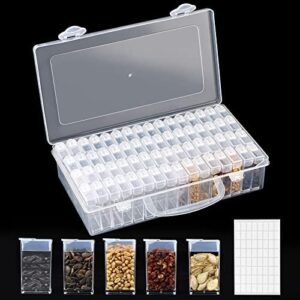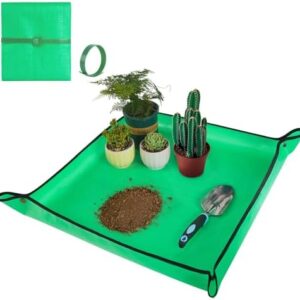When it comes to growing your own food, there’s something truly special about being able to harvest fresh vegetables from your own garden all year round. Seasonal planting, also known as succession planting, is a method of growing a variety of vegetables throughout the year by planting in different seasons. By understanding which vegetables thrive in each season and planning accordingly, you can create a year-round vegetable garden that will provide you with a steady harvest of fresh, delicious produce.
In the spring, as the weather starts to warm up and the days grow longer, it’s time to start planting cool-season vegetables. These are the crops that can tolerate cooler temperatures and often taste sweeter when grown in the spring. Some popular cool-season vegetables to plant in the spring include lettuce, spinach, radishes, and peas. These crops can be planted directly in the ground or in raised beds, depending on the space you have available.
As the spring turns into summer, it’s important to transition to warm-season vegetables. These crops thrive in the warmer temperatures and longer days of summer and often include favorites like tomatoes, peppers, cucumbers, and zucchini. These vegetables require more sunlight and warmth to grow successfully, so make sure to plant them in a sunny spot in your garden. Many warm-season vegetables also benefit from being mulched or watered regularly to help keep them cool and hydrated during the hot summer months.
In the fall, as the temperatures start to cool down and the days grow shorter, it’s time to start planting your fall and winter crops. These are the vegetables that can tolerate cold temperatures and often taste even better after a frost. Some popular fall and winter vegetables to plant include kale, carrots, beets, and Brussels sprouts. These crops can be planted in late summer or early fall and will continue to grow throughout the fall and into the winter months, providing you with a fresh harvest even as the weather starts to chill.
One key to a successful year-round vegetable garden is understanding your local climate and growing conditions. Different regions have different climates and growing seasons, so it’s important to research which vegetables will grow best in your area at each time of year. You may also want to consider using cold frames or row covers to extend your growing season and protect your crops from frost or harsh weather.
Another important factor in seasonal planting is crop rotation. Rotating your crops each season helps to prevent the buildup of pests and diseases in your garden and can also help to improve soil fertility. By planting different types of vegetables in the same spot each season, you can ensure that your garden stays healthy and productive year after year.
In addition to choosing the right vegetables for each season and practicing crop rotation, it’s also important to pay attention to soil health and fertility in your garden. Adding compost or organic matter to your soil regularly can help to improve its texture and fertility, providing your plants with the nutrients they need to grow strong and healthy. You may also want to consider testing your soil pH and adjusting it as needed to ensure that your plants are able to absorb nutrients effectively.
When it comes to maintaining a year-round vegetable garden, it’s important to stay on top of watering, weeding, and pest control. Regularly watering your plants, especially during hot summer months, is essential to their growth and productivity. Weeding regularly helps to prevent competition for nutrients and sunlight, while pest control measures such as hand-picking pests or using natural predators can help to keep your plants healthy and free from damage.
Overall, seasonal planting is a rewarding and sustainable way to grow your own food year-round. By understanding which vegetables thrive in each season, practicing crop rotation, and maintaining soil health, you can create a thriving vegetable garden that will provide you with a bountiful harvest of fresh, delicious produce throughout the year. So roll up your sleeves, grab your gardening tools, and get ready to enjoy the fruits of your labor in your very own year-round vegetable garden.







